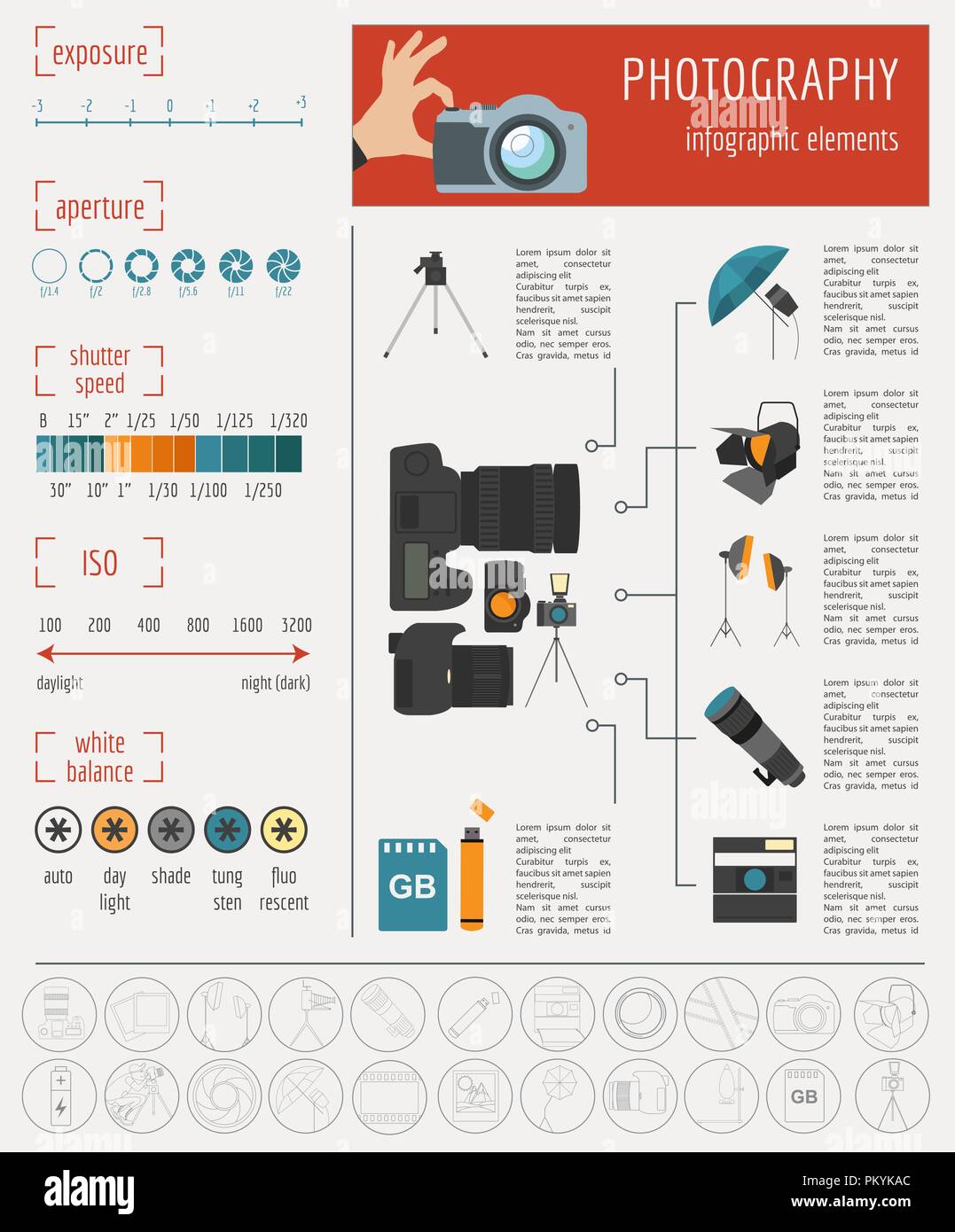Digital Photography Tips For Beginners: Understanding Your Video Camera Quickly
Digital Photography Tips For Beginners: Understanding Your Video Camera Quickly
Blog Article
Posted By-Whitley Monroe
When you initially grab your camera, it can really feel overwhelming with all the setups and alternatives readily available. You could find yourself questioning just how to browse aperture, shutter speed, and ISO effectively. Understanding these principles is crucial, however there's more to digital photography than simply technical knowledge. Recognizing composition techniques and lights problems can raise your photos considerably. So, what if you could learn simple approaches to enhance your skills and start recording impressive pictures earlier than you think? Let's check out how to change your photography trip.
Understanding Camera Settings
Comprehending your cam setups is important for recording stunning pictures. When you get your electronic camera, familiarize yourself with the three primary settings: aperture, shutter rate, and ISO. Each plays a vital function in just how your photos turn out.
Beginning with aperture, which regulates the amount of light getting in the lens. A broader aperture (reduced f-number) lets in more light and develops a stunning history blur, ideal for pictures. Conversely, a narrower aperture (higher f-number) keeps even more of the scene in emphasis, suitable for landscapes.
Next off, focus on shutter rate. This setting identifies for how long your electronic camera's sensor is revealed to light. A quick shutter rate ices up activity, which is great for action shots, while a slow-moving shutter speed can create stunning results like smooth water in landscapes.
Finally, readjust your ISO. This setting impacts your electronic camera's sensitivity to light. A higher ISO works in low-light situations but can present noise or grain. Go for the most affordable ISO feasible while still achieving proper exposure.
Composition Techniques
When you're out capturing, structure can make all the distinction in exactly how your photos resonate with audiences. Beginning by utilizing the regulation of thirds; envision your frame divided into 9 equivalent areas with 2 straight and two vertical lines. Setting key elements along these lines or at their crossways to create equilibrium and rate of interest.
Next, think about leading lines. These natural lines in your scene, like roads or rivers, attract the audience's eye right into the photograph, assisting them with the story you're telling.
Don't forget about mounting; use elements within your scene, like trees or home windows, to produce a structure around your topic, including deepness and emphasis.
Likewise, watch on your history. A messy history can sidetrack from your main subject, while a basic one helps it stand out.
Last but not least, explore symmetry and patterns; they can develop a striking photo that catches interest.
Mastering Lighting Issues
Mastering lights conditions is crucial for recording stunning pictures, as the ideal light can transform a normal scene into something amazing.
Start by observing natural light at various times of the day. Mornings and late afternoons offer the best light, known as the golden hour. The soft, warm tones during these times can boost your photos magnificently.
Do not avoid overcast days either; diffused light can reduce rough shadows and create a pleasing effect, especially for pictures.
Explore backlighting by placing your topic versus the light source. This strategy can produce a dreamy halo impact and add deepness to your pictures.
Pay attention to your cam setups also. Change Jen Worley , aperture, and shutter rate to match the illumination problems. Visa photos can help in low light, yet be cautious of grain.
Make use of a tripod in darker atmospheres to prevent blur.
Last but not least, do not forget man-made lighting. Flash and continuous lights can be great devices for managing light in challenging conditions.
Final thought
In conclusion, grasping your camera does not need to be frustrating. By understanding your settings, using composition strategies, and utilizing the power of all-natural light, you'll swiftly boost your photography skills. Remember, exercise makes perfect, so go out there and trying out your newly found understanding. With time and commitment, you'll be capturing spectacular pictures that show your one-of-a-kind viewpoint. Appreciate the trip, and do not forget to have fun while you go to it!
